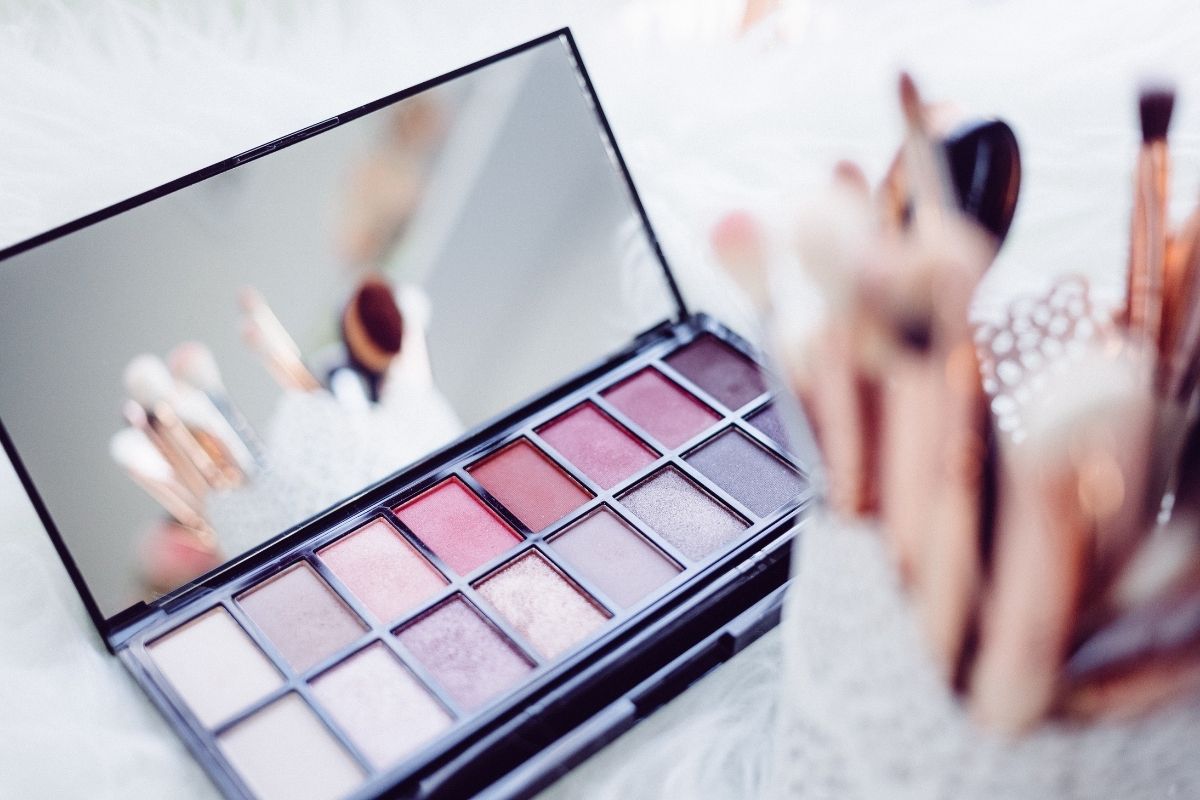Industry Perspectives – Cosmetics: Three Key Traits
The beauty industry is a multi-billion dollar industry, and it takes three key traits to become a success story in this competitive field. Juliet Falchi, the director of global product innovation for MAC Cosmetics, shares a few tips with readers on how to make your mark.
Whether you’re focusing on the beauty business side, makeup artistry, beauty education, online beauty education, or cosmetics research and development, this growing industry requires hard work and dedication.
“There’s a rhyme, a reason, and a science to why we do everything that we do,” said Falchi. “There’s a lot of work, thought, and testing involved.”
Falchi believes there are three traits an aspiring beauty professional should possess in order to be successful: the first is to be flexible, adaptive, and willing to learn. The beauty industry is an extremely fast-paced environment where things are constantly changing.
“You have to know you may be working on a project for months about matte lips,” said Falchi. “Someone may come to you and say, stop what you’re doing. You need to focus on metallics. This is the new trend.”
A successful beauty professional must be able to adapt and go with the flow. There is no syllabus when it comes to working in the beauty industry as new research and trends emerge. Flexibility is key.
Number two: being collaborative is super important. You can’t work in a silo. The beauty industry means working with other people who have different opinions, backgrounds, and interests than you. When you all come together to share ideas and concepts, you can create something incredible. You may have one piece of the puzzle, but you need all these diverse people to create the rest.
Lastly, Falchi says the third trait you need is to be passionate about beauty and truly love what you’re doing. That passion will shine through you and everything you do.


